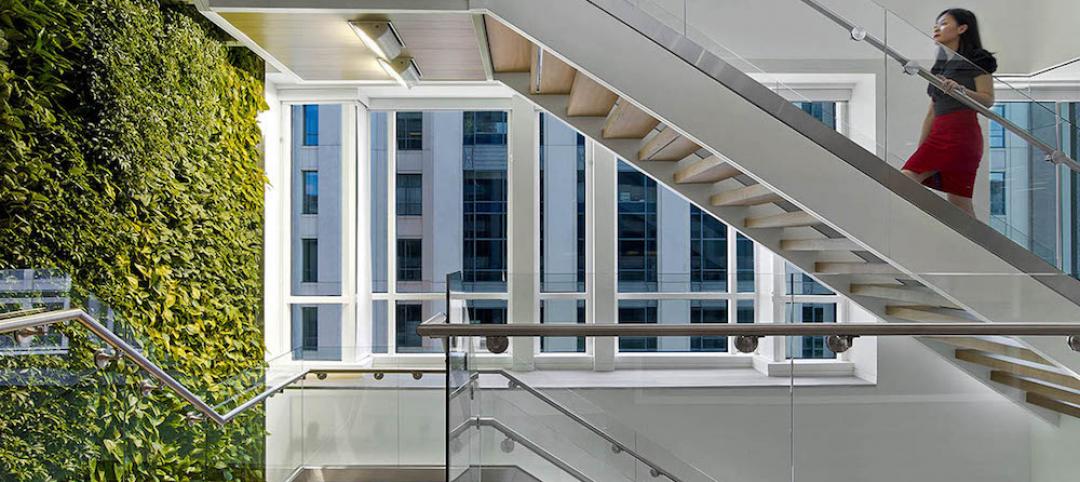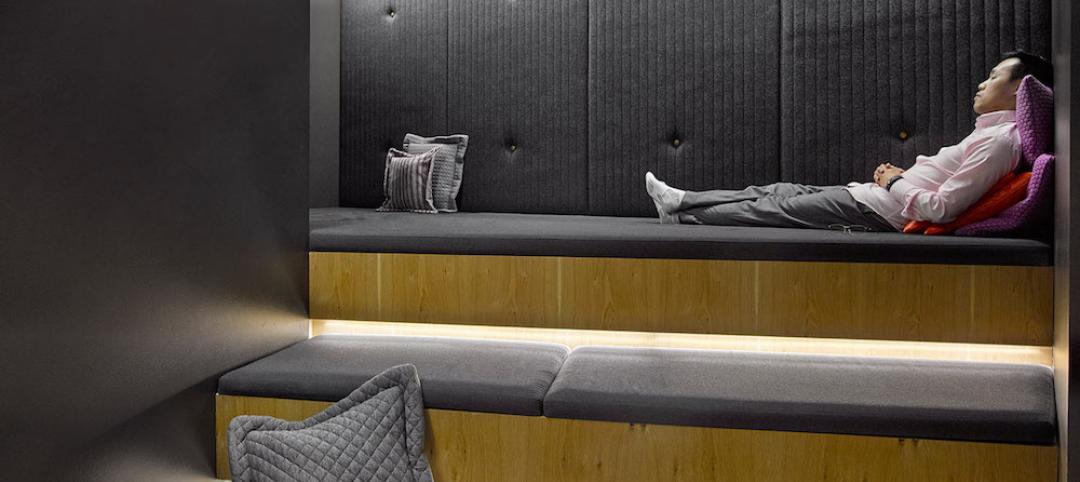Office workers value flexible working options more than any other employment benefit, but there are crucial differences between what men and women want from their employer according to new research released from Ambius, experts in interior landscaping.
A survey of 1,000 office workers in the US and UK found that men value health insurance above any other work perk, whereas women would prefer more flexibility in their office job, such as options for remote working or adaptable hours.
Health insurance is four times more important to US office workers (41%) than office workers in the UK (11%), where health care is often taken for granted by many employees due to the existence of the UK’s National Health Service (NHS).
US office workers in southeastern states (51%) value health care more than workers anywhere else in the country, whereas midwestern workers (23%) value vacation leave significantly more than workers on the west coast (9%).
One thing office workers agree on is the importance of office environment to their overall job satisfaction, with 90% of employees saying that the layout and design features of their office is a major factor in whether they are happy at work.
Half of office workers (50%) say they would not accept a job offer without looking at the workspace. Men appear to be a little more interested in their workspace than women, with 40% of men saying they have declined a job offer because they didn’t find the office space attractive or appealing compared to 34% of women.
Play areas are twice as important to men (9%) than women (4%), while people who work in accounting, banking and finance are twice as likely (22%) to crave bright colors than health care workers (10%) or people in public services and administration (9%).
Energy and utility workers say they value hot drinks and complimentary beverages more than any other benefit, including health care and vacation leave.
Office workers spend less time outdoors than prisoners
Within this research, Ambius revealed that that office workers spend just 47 minutes outside during a typical working day, which is less than prisoners, who require at least one hour of outdoor exposure each day, according to UN guidelines.
One-in-three office workers (35%) spend no more than 15 minutes outside during their working day, while only 26% say they spend more than an hour outside each day, excluding time spent commuting.
It is, therefore, not surprising that most office workers (64%) say that natural lighting is a highly-important office feature. However, despite this lack of outdoor exposure, only 18% of office workers believe that outside areas are important to their job satisfaction.
Ambius encourages companies who are prioritizing talent recruitment and retention to explore workplace design improvements that facilitate better health and well-being.
Related Stories
High-rise Construction | Jun 29, 2016
Best Tall Buildings around the world favor unusual shapes and hybrid functions
The Council on Tall Buildings and Urban Habitat selects winners in four regions.
Office Buildings | Jun 16, 2016
Ability to focus, not perks, is top concern for office employees
Open-plan offices found to worsen distraction problem.
High-rise Construction | Jun 15, 2016
WilkinsonEyre designs diamond-patterned Bay Park Centre for Toronto
A sloping plaza with trees, grass, and gardens connects the two downtown towers.
Office Buildings | Jun 14, 2016
Let's not forget introverts when it comes to workplace design
Recent design trends favor extroverts who enjoy collaboration. HDR's Lynn Mignola says that designers need to accommodate introverts, people who recharge with solitude, as well.
Movers+Shapers | Jun 13, 2016
THE DISRUPTORS: The Millennial generation is imposing its will on design
AEC firms, particularly those that design hotels and offices, gain a competitive edge by knowing how to appeal to the largest share of the American workforce.
Office Buildings | Jun 10, 2016
Buildings that invest in wellbeing see healthy returns
Healthy workers are more productive workers, but fitness can be tough when employees at the office for 50 hours a week. Perkins+Will's Janine Grossmann offers the wellness components that landlords and companies should prioritize.
Office Buildings | Jun 10, 2016
Form4 designs curved roofs for project at Stanford Research Park
Fabricated of painted recycled aluminum, the wavy roofs at the Innovation Curve campus will symbolize the R&D process and make four buildings more sustainable.
Office Buildings | Jun 7, 2016
Incorporating places to rejuvenate into office design
Workspaces are geared toward socializing and collaboration, but people need quiet, calm places where they can sit alone and focus. Gensler's Penny Lewis offers three ways to design rejuvenation places into office settings.
Market Data | Jun 3, 2016
JLL report: Retail renovation drives construction growth in 2016
Retail construction projects were up nearly 25% year-over-year, and the industrial and office construction sectors fared well, too. Economic uncertainty looms over everything, however.
Building Team Awards | Jun 1, 2016
Multifamily tower and office building revitalize Philadelphia cathedral
The Philadelphia Episcopal Cathedral capitalizes on hot property to help fund much needed upgrades and programs.

















